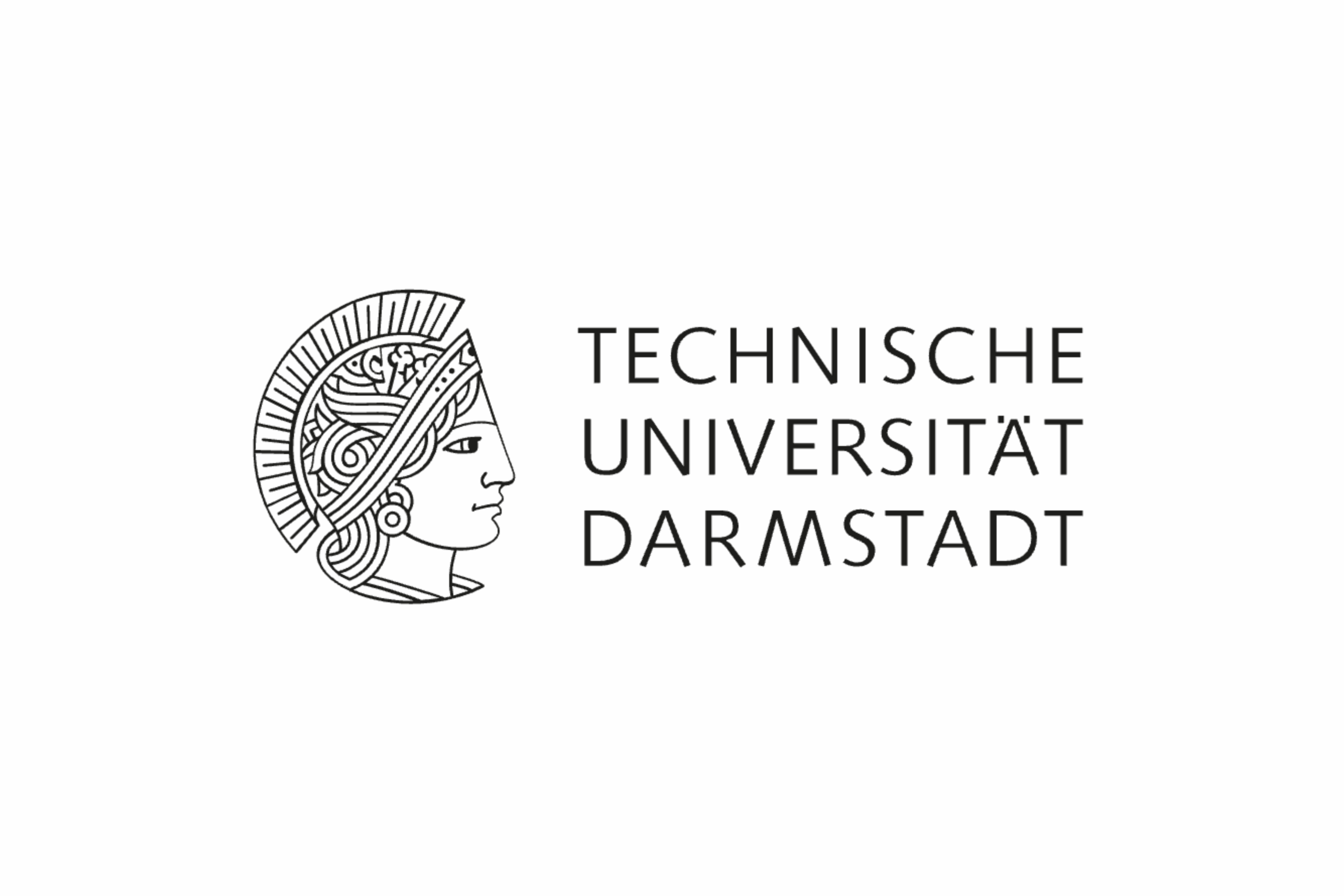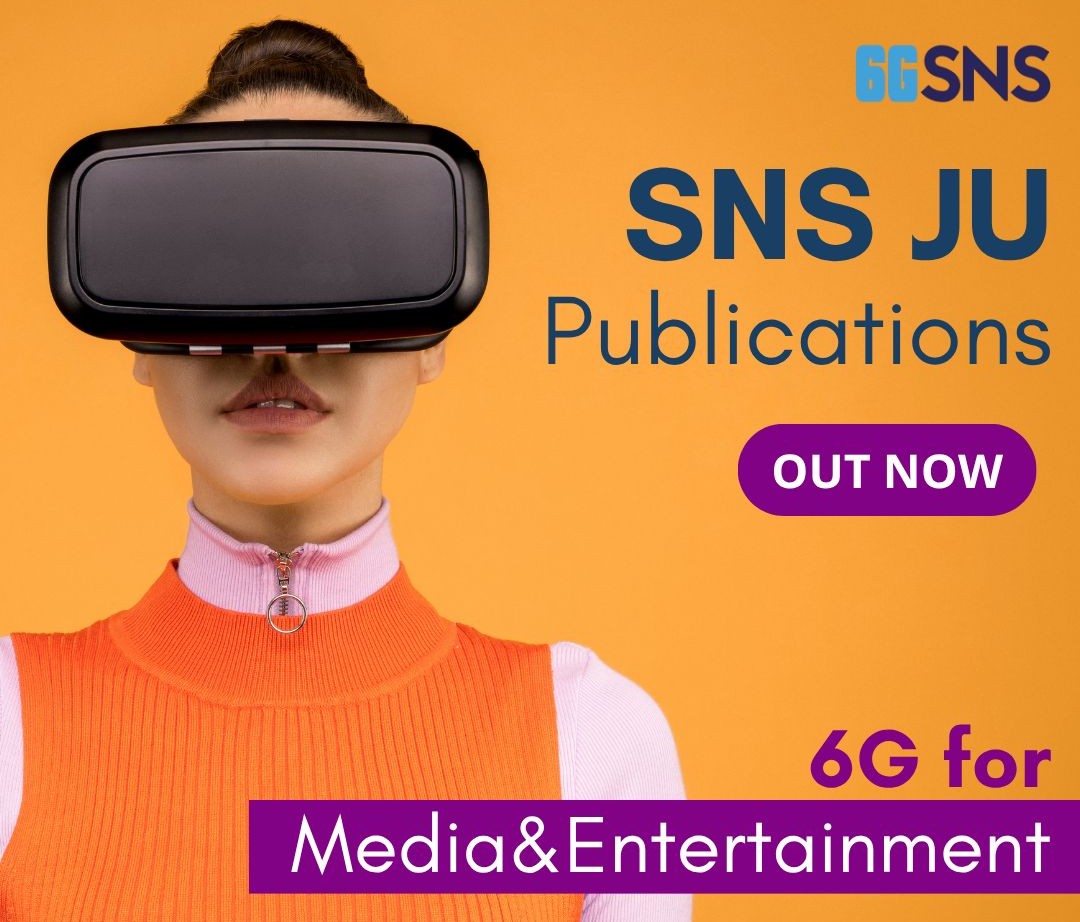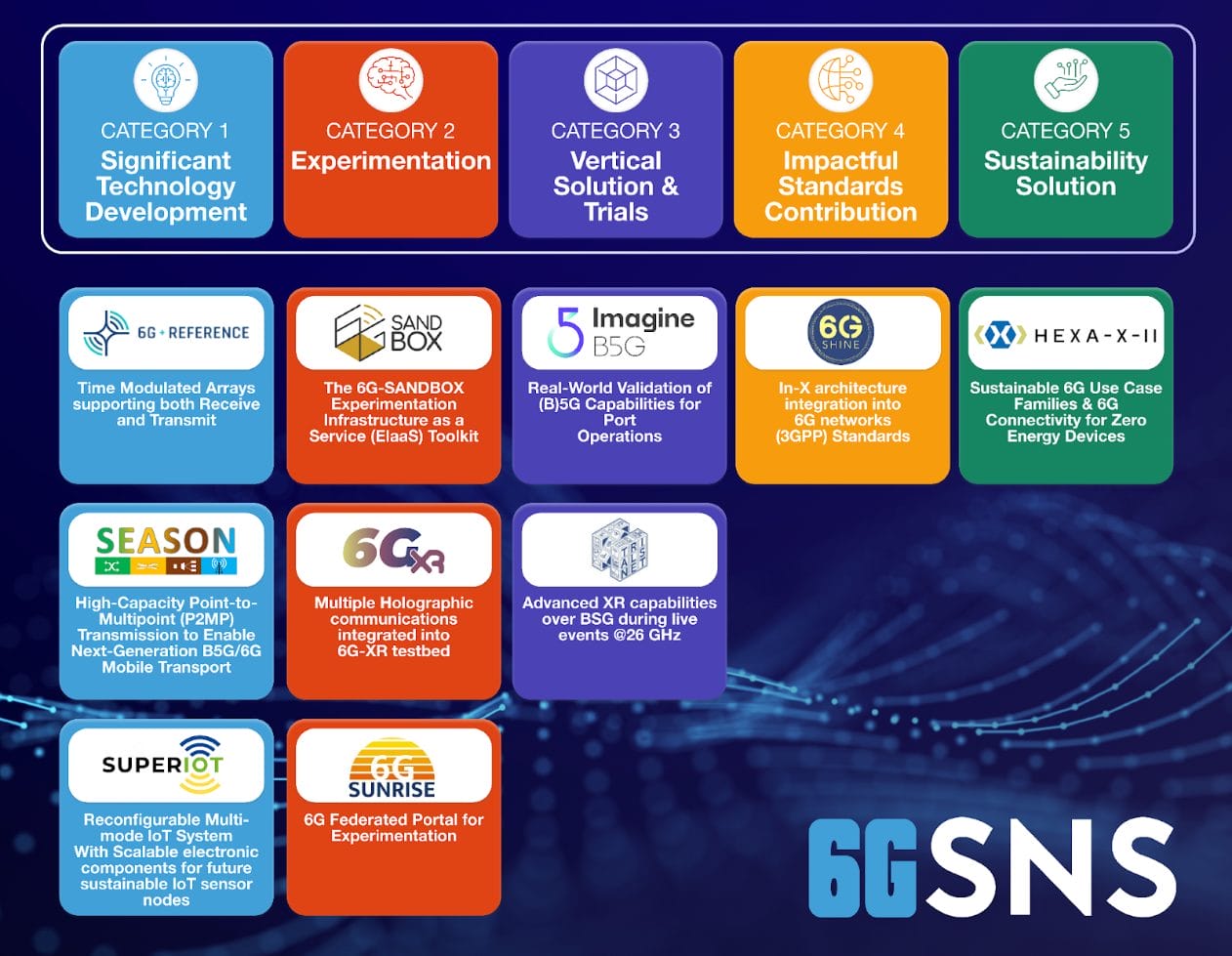The 5GPace project investigates how pacing IP packets affects multimedia transmission in 5G networks. Pacing in computer networks controls the timing of packet transmissions to prevent sudden bursts that could overwhelm the network. Pacing can reduce packet loss, improve throughput, and minimize jitter, thereby enhancing the overall network performance. 5GPace explores how this results in benefits for in low-latency multimedia transmission transmissions, such as live event streaming and remote production of multimedia content, where fewer encoder adjustments, reduced rebuffering incidents, and increased stability are expected.
The price of pacing is a slightly increased latency that may have an impact on multimedia applications, but this price is underexplored. 5GPace addresses this knowledge gap by investigating the impact of pacing over 5G networks. With the expectation that this will lead to more stable video transmissions in higher quality, we put particular emphasis on understanding the viewer experience and its enhancement. To evaluate the practical improvements that pacing provides to multimedia streaming, 5GPace monitors precisely the point at which maintaining a smooth quality of experience becomes unsustainable due to network limitations with and without pacing. To ensure our findings contribute effectively to the scientific community, we will release all methodologies and tools as open source.
The proposed solution is poised to impact IMAGINE-B5G on multiple levels.
Management Level: By directly identifying how increased bandwidth positively impacts media production, 5GPace provides management with valuable insights to evaluate when additional hardware deployment and pacing techniques become necessary. Furthermore, enhancing remote media production capabilities directly contributes to increased overall productivity and efficiency across multimedia workflows.
Societal Level: Improving multimedia transmissions through pacing directly expands the geographic scope in which remote multimedia production and content capture become feasible. It also facilitates greater inclusion by enabling media professionals to work remotely.
Technical Level: 5GPace is designed to analyse how defined network KPIs influence multimedia quality. Leveraging this knowledge to enhance everyday multimedia remote production workflows remains an open question. Turning the knowledge into commercial solutions requires a discussion with the relevant stakeholders.
Vertical Area(s): 5GPace intends to make contributions to open source.
In sum, the 5GPace project will not only empirically validate the benefits of packet pacing on 5G networks, it will also demonstrate how those benefits manifest as tangible improvements in multimedia service and user satisfaction. By bridging the divide between network-level enhancements and practical video workflows, 5GPace paves the way for more reliable, higher-quality, and cost-effective video streaming and video production in the 5G era.
This project already started its work in the IMAGINE-B5G third call. If you want to learn more about this and the other selected projects, stay tuned to our website and our multimedia channels.




Recent Comments